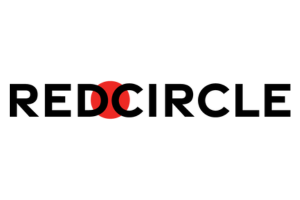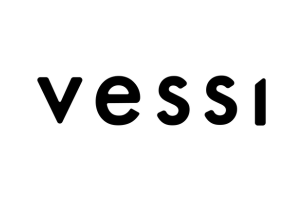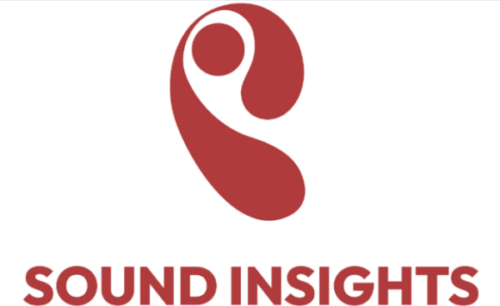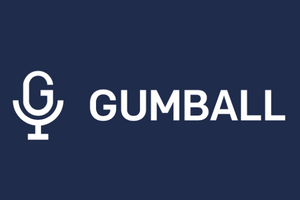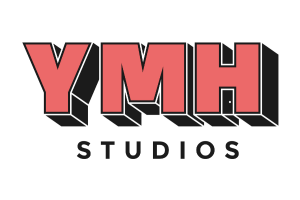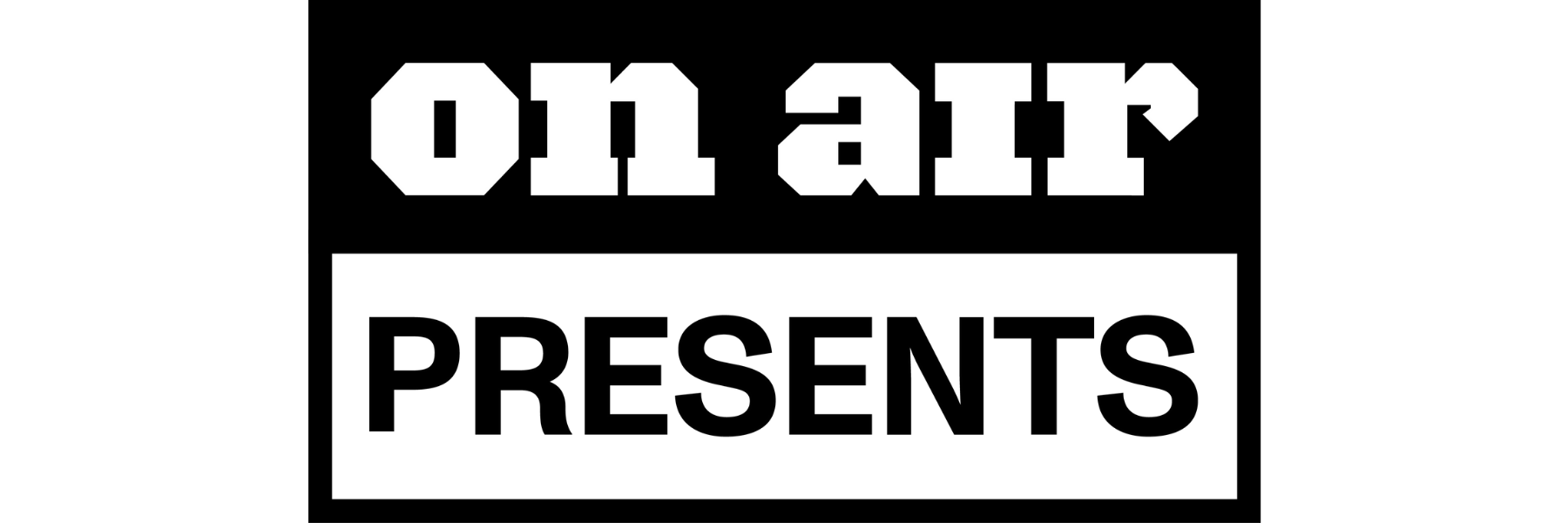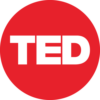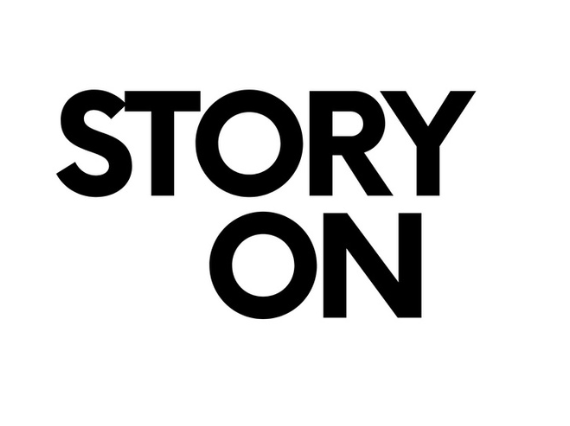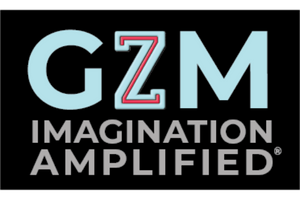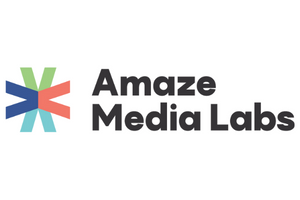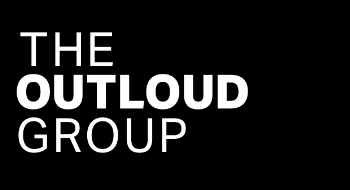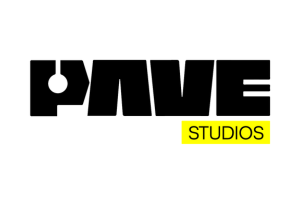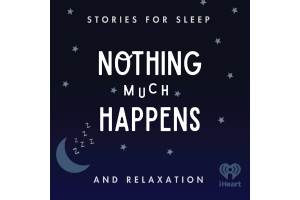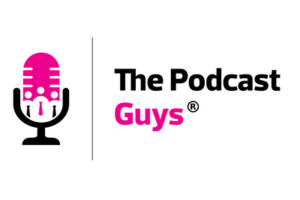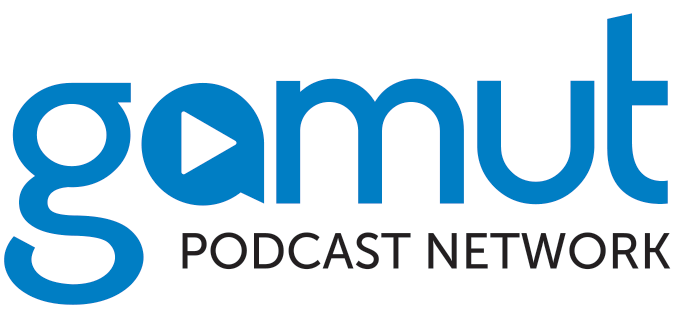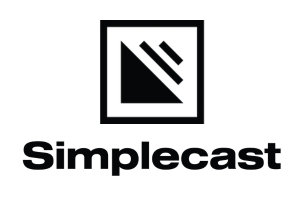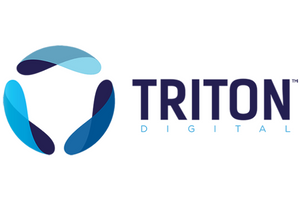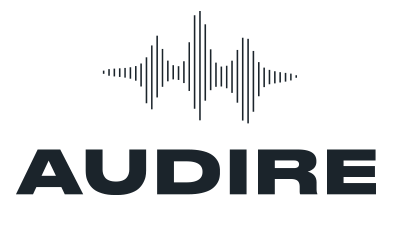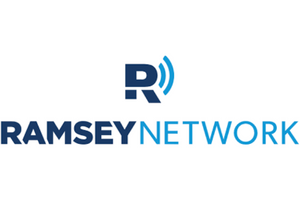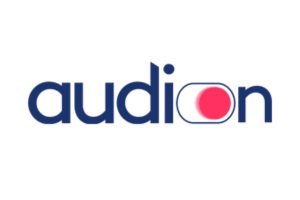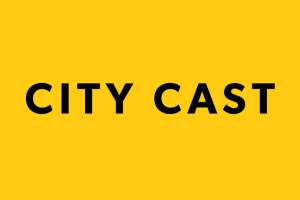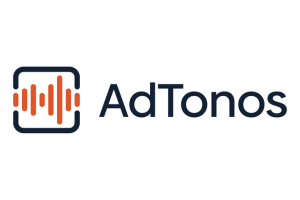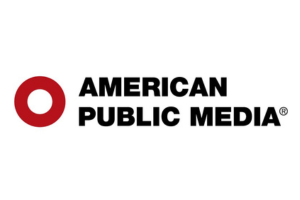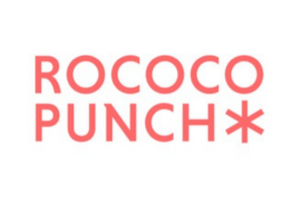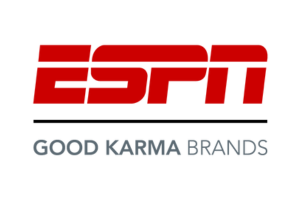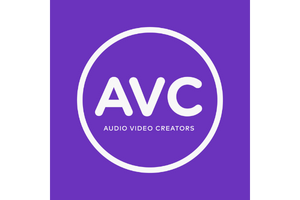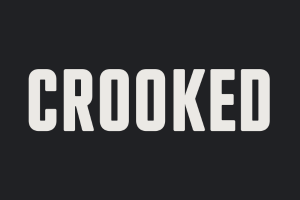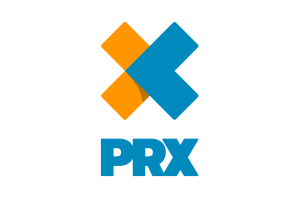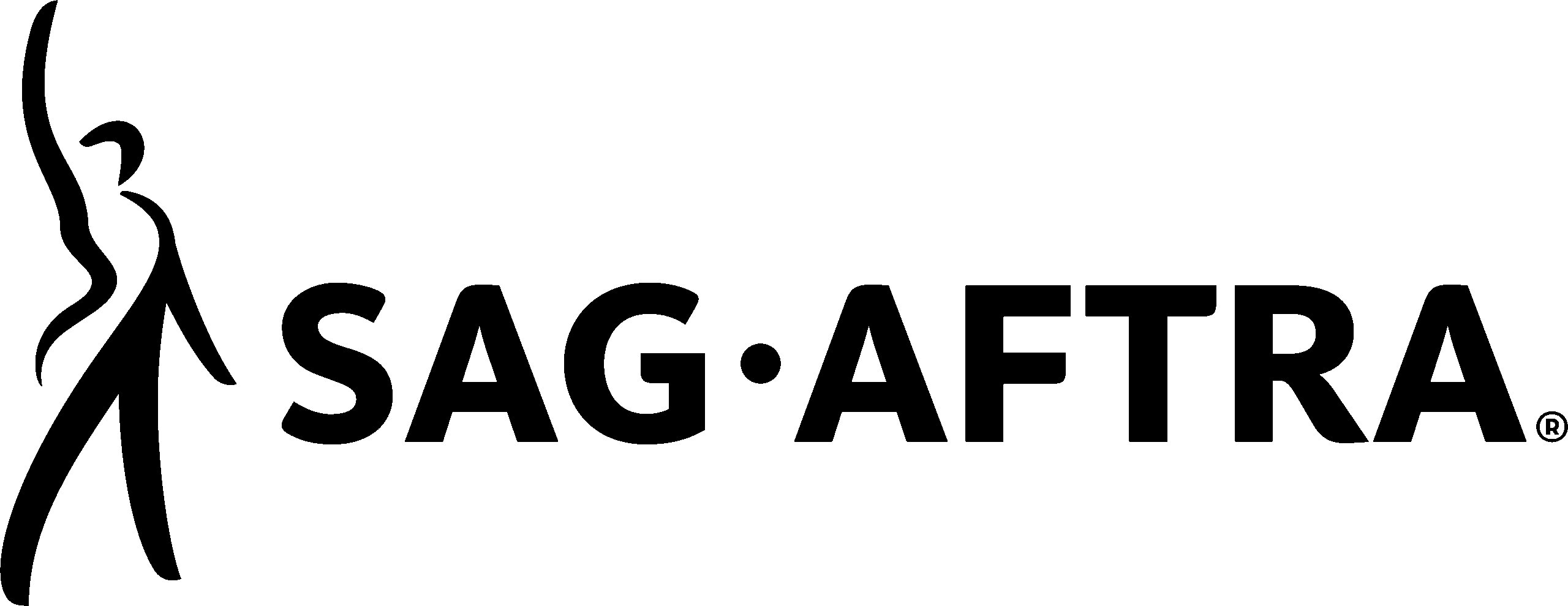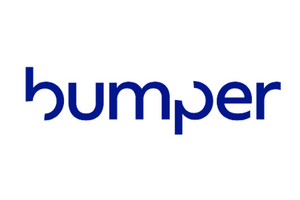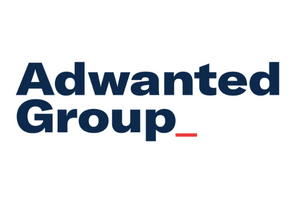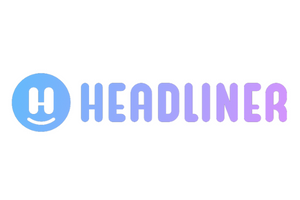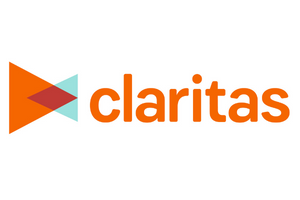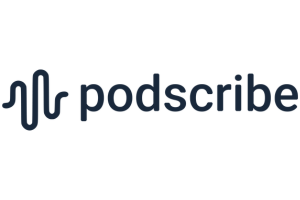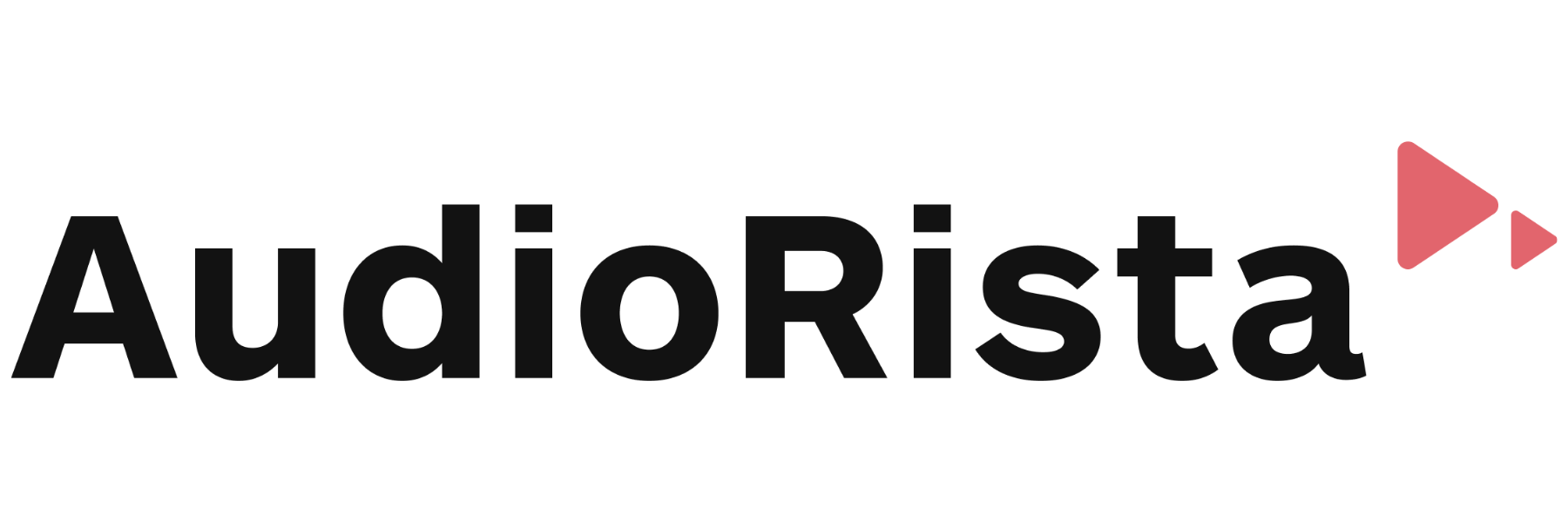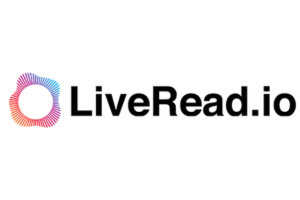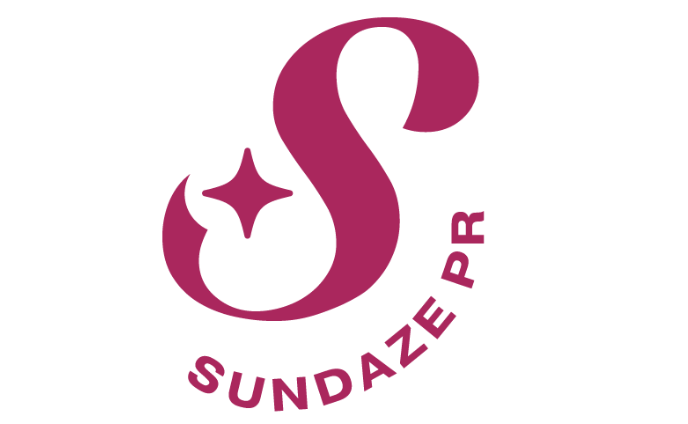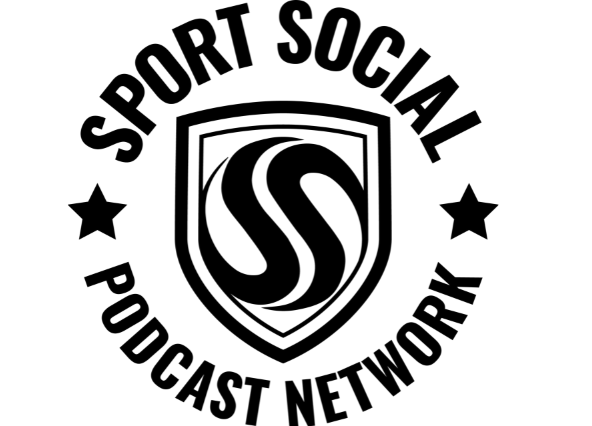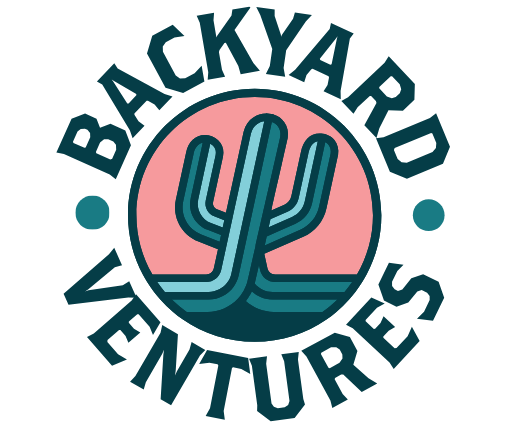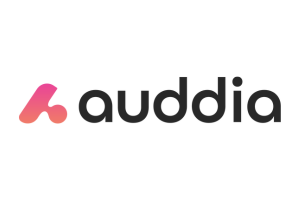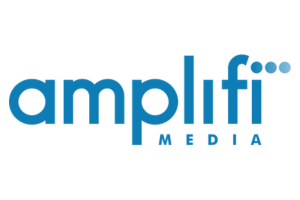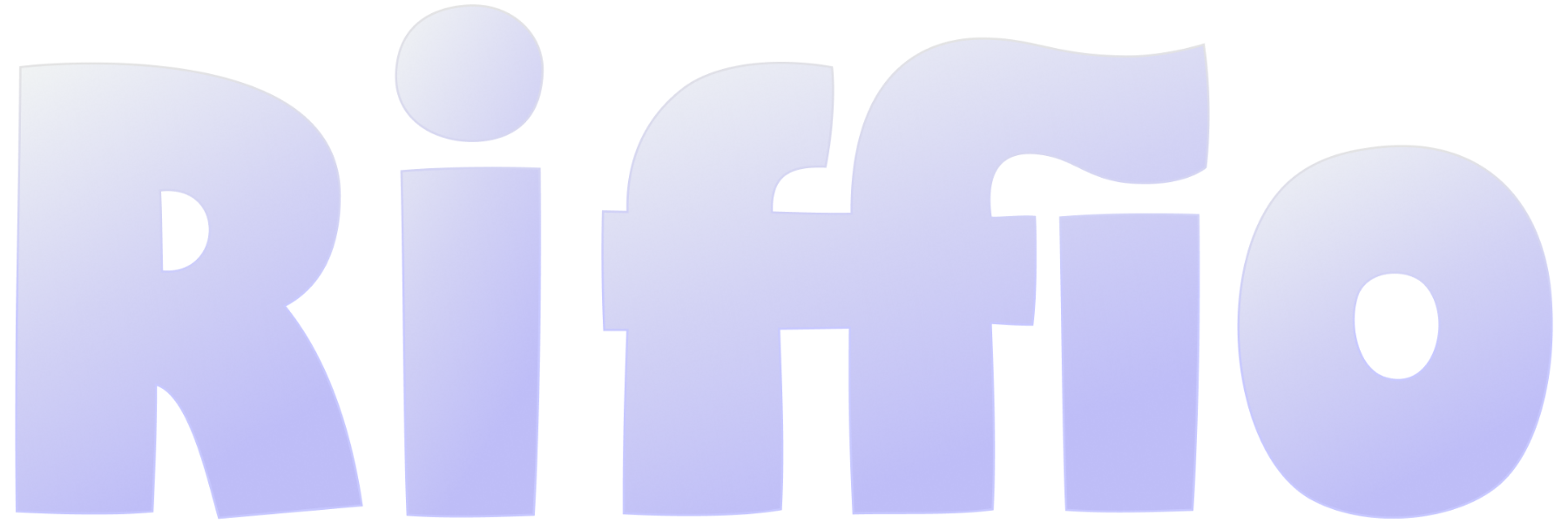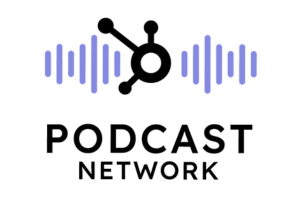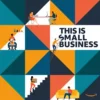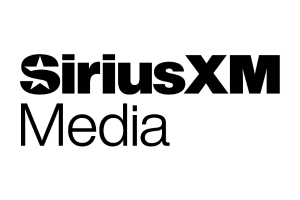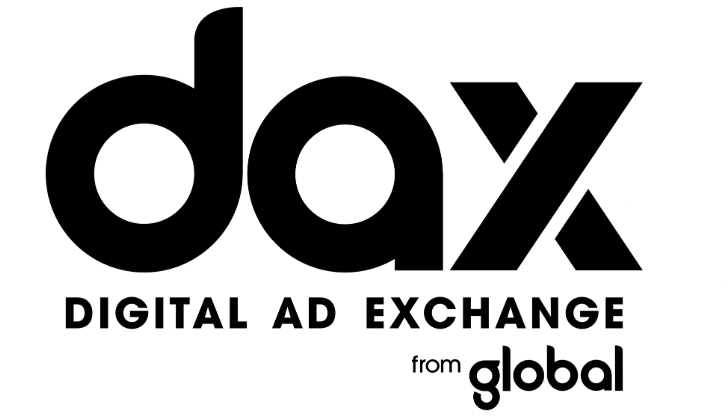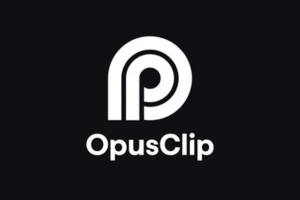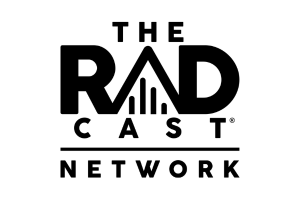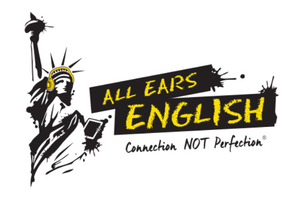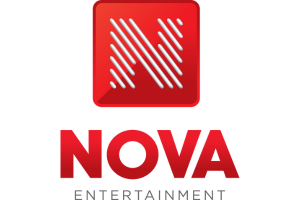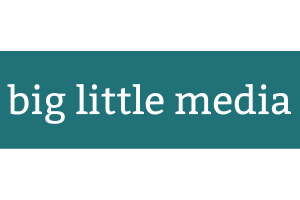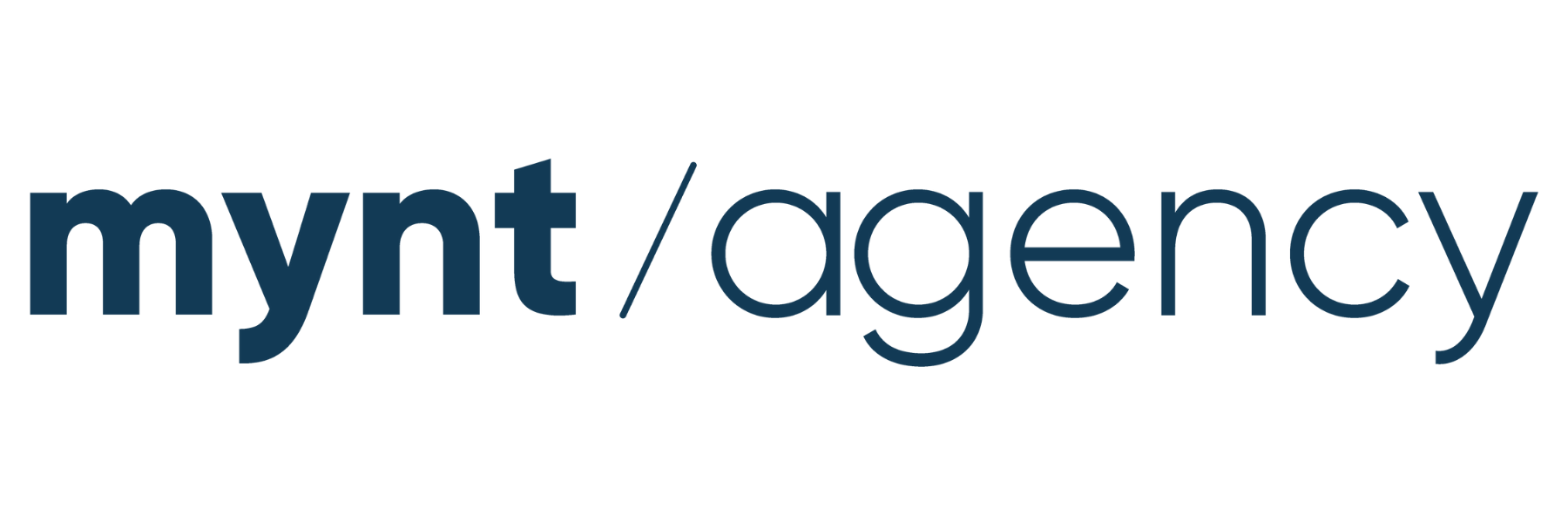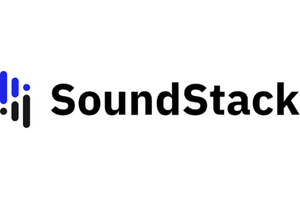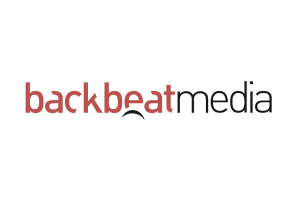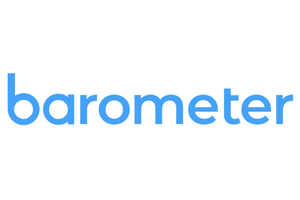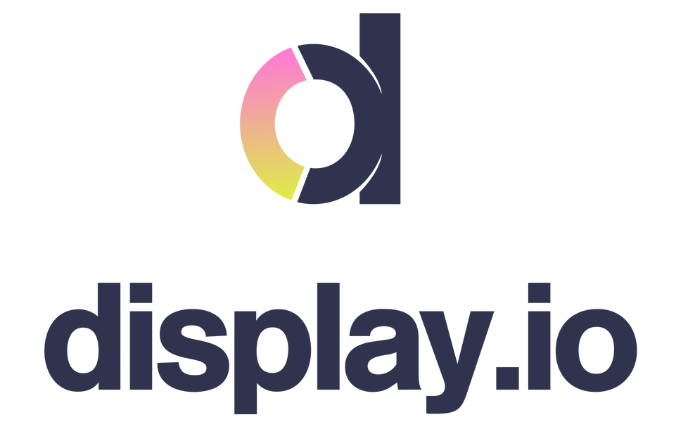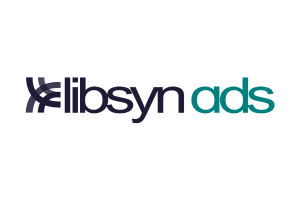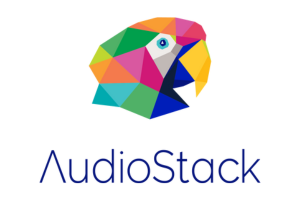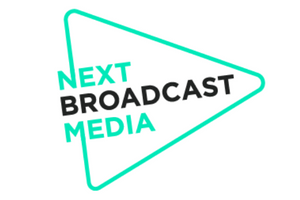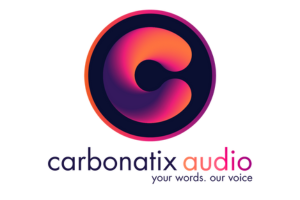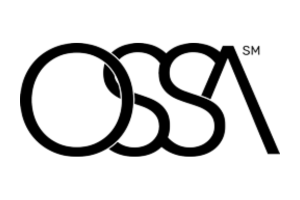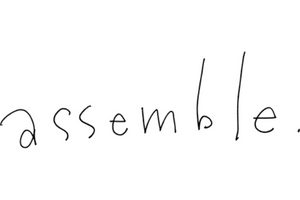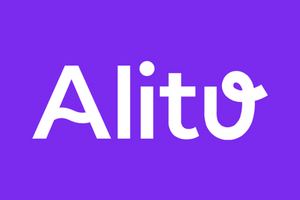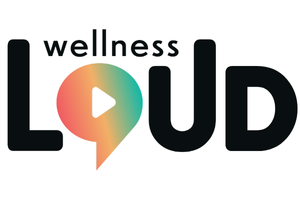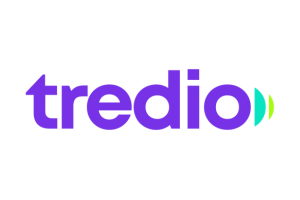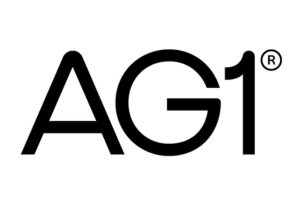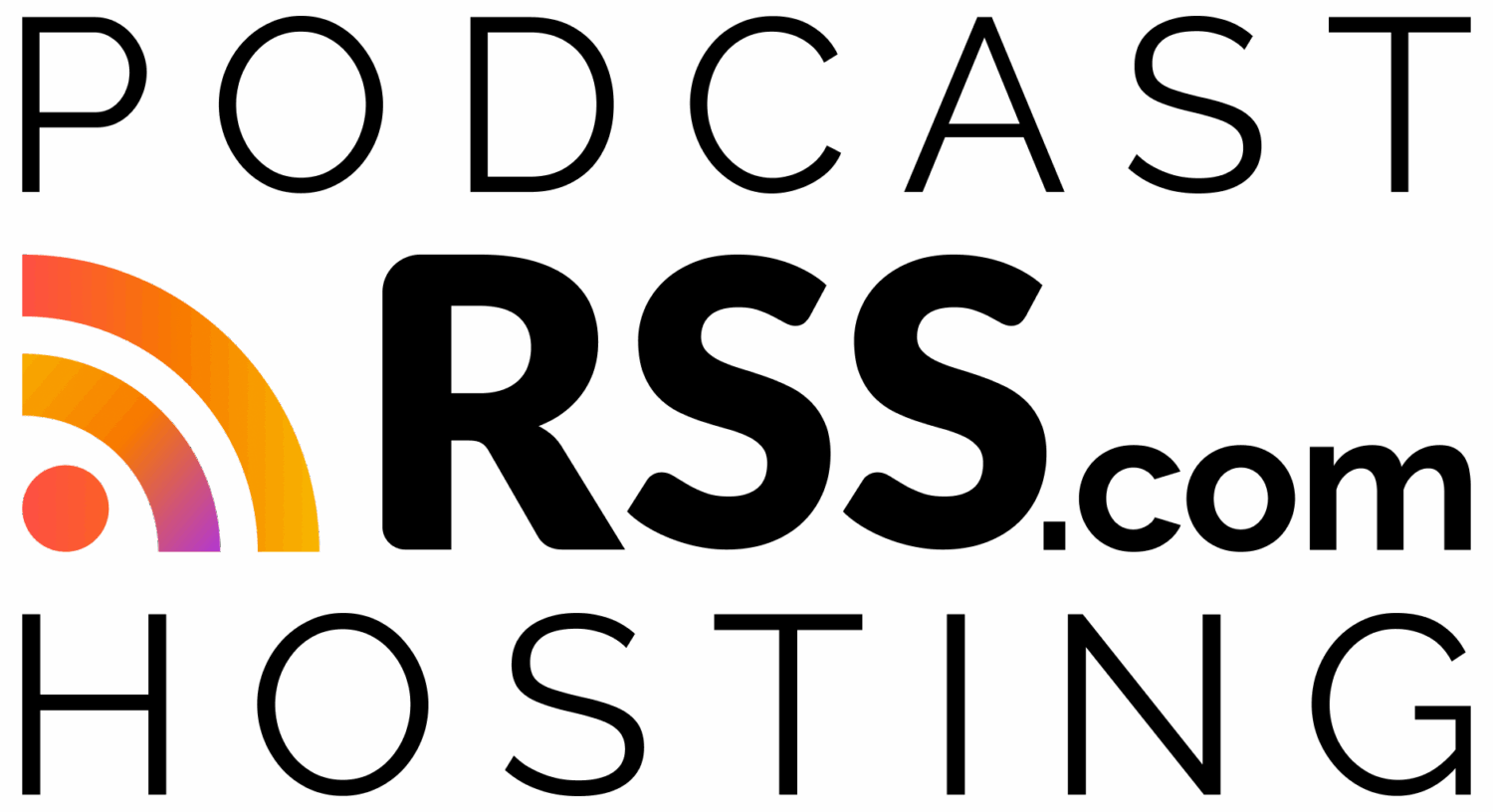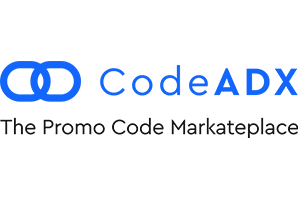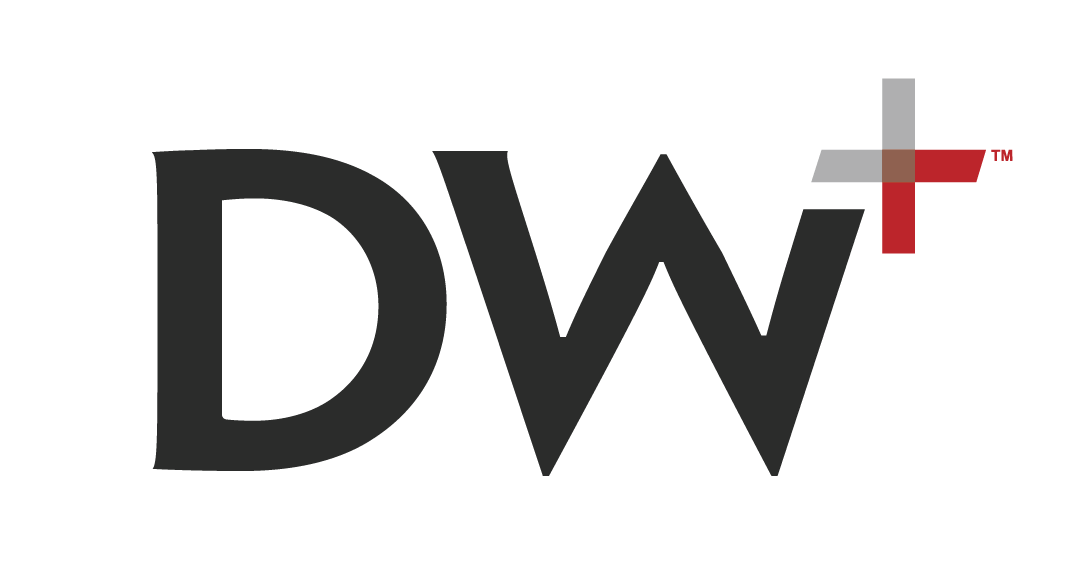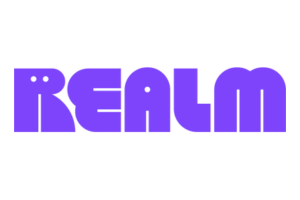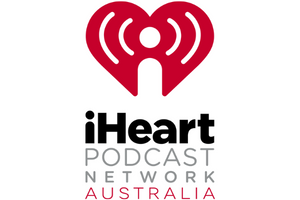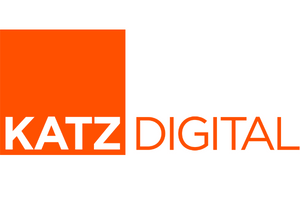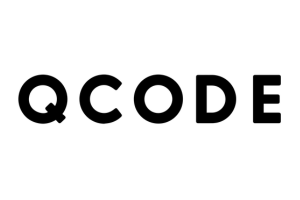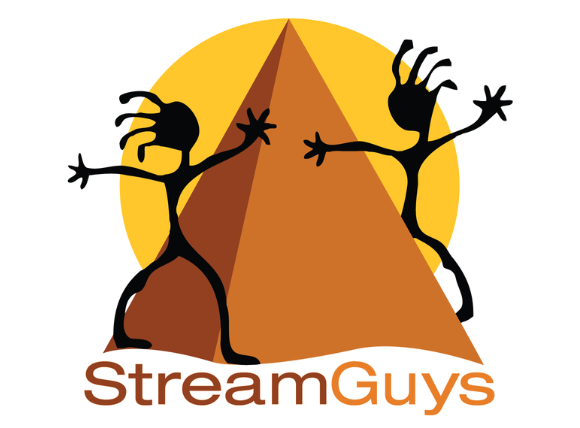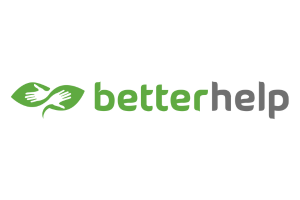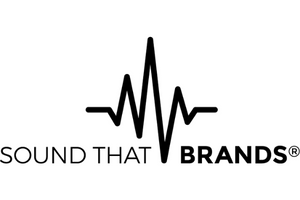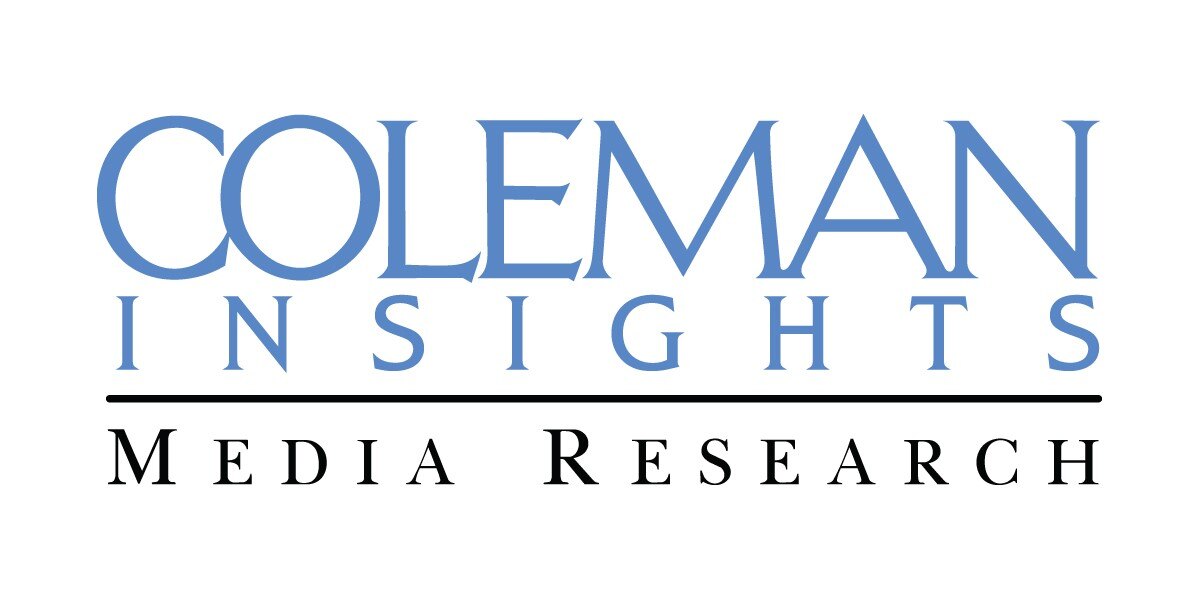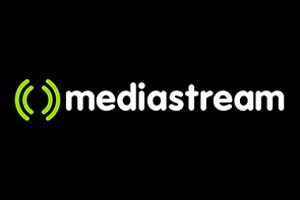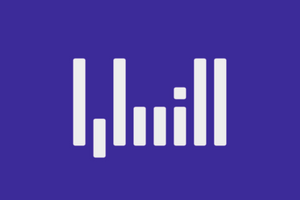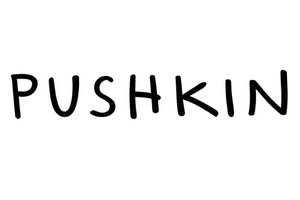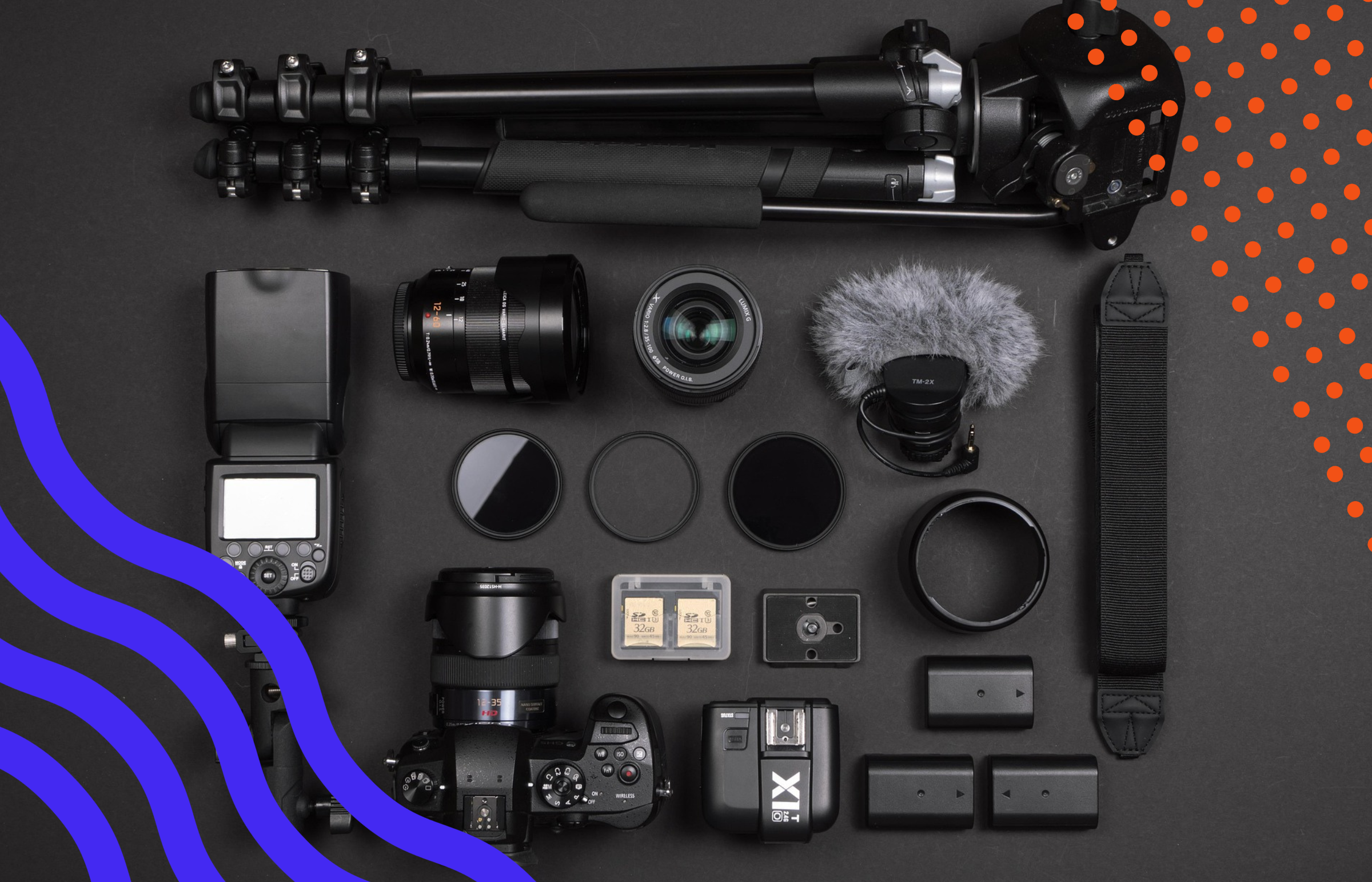The Great Podcast Divide: Understanding Fans vs. Anti-Fans by Tom Webster
In the survey for The Advertising Landscape, Sounds Profitable asked monthly podcast consumer respondents to score how much of a ‘fan’ they are of podcasts on a scale from 1 to 10. In this article, Webster talks about the Fans (people who rated 8-10 on the scale) and Anti-Fans (3 and below). While the piece goes deep into the data and several facets of both audiences, a core takeaway is the idea of upgrading existing audiences. Creators shouldn’t get stuck on just attracting new listeners, they need to pay equal attention to converting existing monthly audiences into superfans. They already exist, they’re already bought in, they just need the experiences that deepen their commitment to both that specific podcast, and podcasting as a medium.
Podcasters, please stop thinking about, aiming for, or expecting a TV deal by Jerry Kolber
It’s become a popular narrative: a producer gets into producing podcasts specifically to attract a TV deal, using the podcast as a backdoor pilot, of sorts. Kolber has come from the opposite direction, having been a TV producer who then made the leap into podcasting. He recounts a sharp shift in how TV shows are approved from 2020 onward, which has regressed into more algorithmically-focused decisions that largely favor content similar to existing content (spinoffs, remakes, re-envisionings) than net-new IP. Even if it comes with talent with social media followings that challenge the subscriber base of popular streaming services. Kolber argues “peak TV” has firmly passed, so much so Atomic Entertainment has fully shut down all TV development and the current investor round is entirely based on the success of their podcasts. Podcasts don’t come with network notes, provide total control and ownership of an IP, scalable profit, and direct relationships with the fans making them viable in the first place.
Paramount Has ‘No Reason’ to Go Back to Upfront Week, Says Ads Chief by Bill Bradley
Back in 2023 Paramount broke from tradition and stopped their swanky Carnegie Hall upfront presentation in lieu of more intimate dinners with clients. According to ad sales president John Halley, the company has no plans to return to the traditional upfront model. For several years now they’ve gotten feedback from buyers that this one-on-one format has been preferred over the crowded and hectic traditional upfront launch week. While major streamers are getting ready for their big presentations next week, Paramount is already winding down their dinners that took place in Chicago (insert pope reference here), L.A., and New York. As is annual tradition for The Download, we ask our dear readers the same question: in a world where every advertiser is able to connect with publishers at a moment’s notice, is there a need for an Upfront system from when TV dials only had ten VHF channels on the dial?
As for the rest of the news…
- LiveRead has launched a slick new website, and have upgraded their Megaphone integration so users can create, sign, send, and view delivery metrics for a Megaphone campaign without leaving LiveRead.
- SiriusXM Media has posted the recording of Brand Safe, Scalable, and Ready to Buy: The Next Evolution of Programmatic Podcast Advertising, an hour-long webinar from May 1st, hosted with Barometer.
- Podscribe has two new features added to their platform this week: Spotify Video performance modeling, and more flexible reporting controls (such as column selection and time zone selection), allowing for more tailored cross-platform reporting.
- Podnews has begun digging into what Spotify’s new “play” metric, emulating YouTube’s view counter, actually counts as. The only hint so far is Spotify for Podcasters is getting rid of the “starts” metric, possibly indicating a ‘play’ is like a ‘play’ on YouTube Shorts: simply an indication an account pressed play on that bit of media.
- Next year the Golden Globe Awards will recognize the growth and reach of podcasting by introducing the Best Podcast of the Year award to the 83rd Golden Globes, set for Jan. 11th 2026.
- Some brief audio news from Substack: their live video functionality is getting an audio-focused update, allowing creators to launch a livestream without video input.


